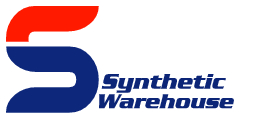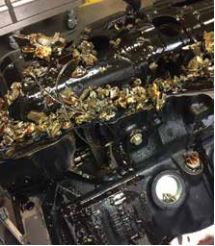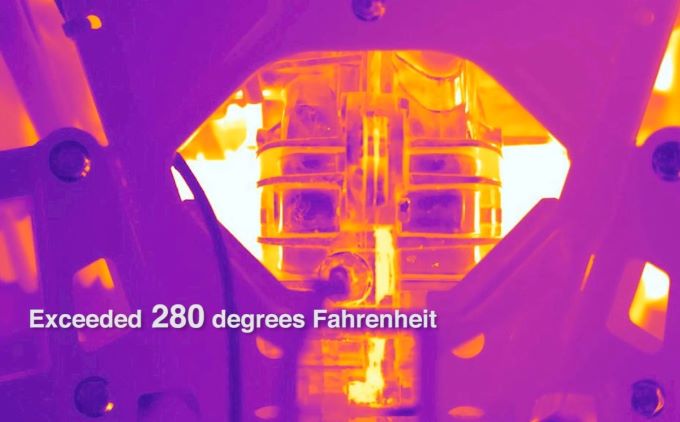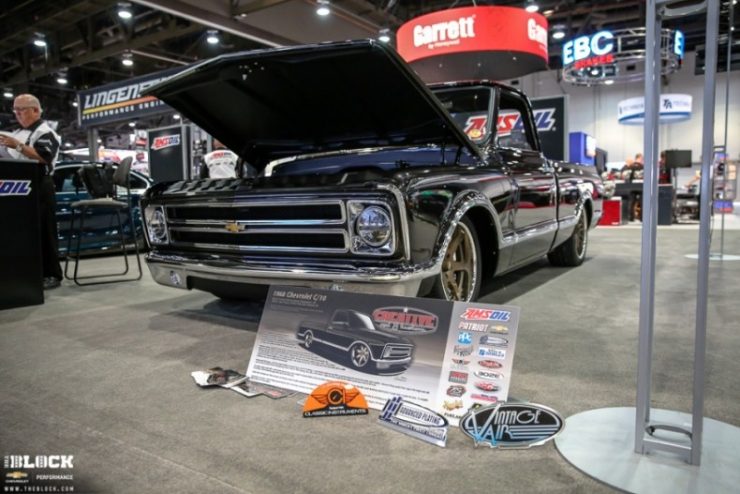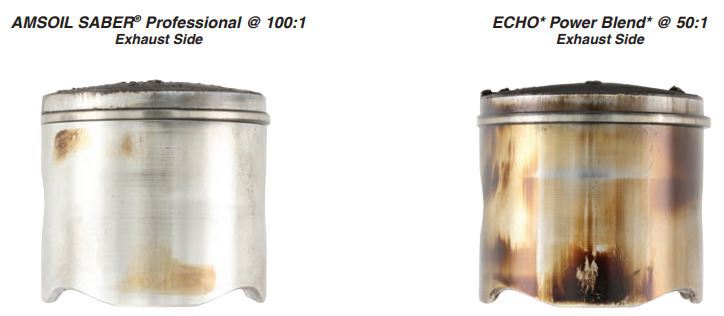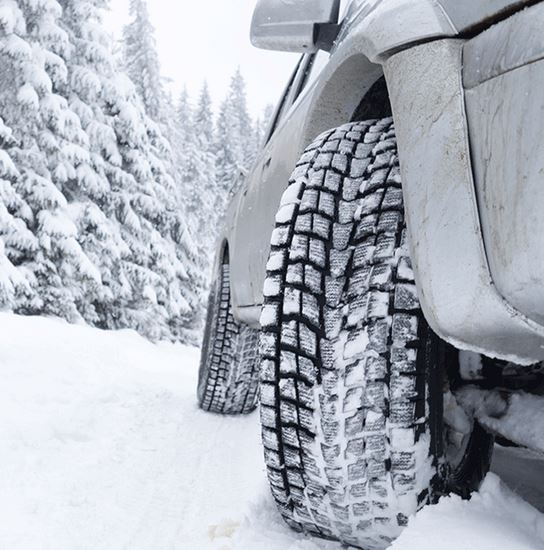How do we define “severe service”?
When pushing our lubricants to their limits, we sometimes find the limits of the test equipment first.
Matt Erickson | TECHNICAL MANAGER – PCLT PRODUCTS AND MECHANICAL R&D
One of my responsibilities here at AMSOIL is to help develop tests in our mechanical lab designed to push lubricants to their limits, both ours and those of our competitors. An effective performance test accelerates lubricant degradation and forces the oil to its breaking point sooner than if tested in the field. This provides more data, faster.
The definition of “severe”
Given the severity of our testing, what happens when the equipment we test fails before our lubricants? Honestly, it causes us to simultaneously rejoice and curse. On one hand, we know our products withstand the toughest conditions we throw at them. On the other, we have to contend with the extra cost and hassle of test equipment that just isn’t built to handle the punishing conditions.
The August 2016 Tech Talk revealed how some two- and four-stroke equipment we’ve tested couldn’t stand up to our test conditions. We’ve run into the same predicament in the passenger car/light-truck market, too.
One recent incident involved the popular General Motors* 3.8L motor. Historically, the GM 3.8L is a rocksolid engine that’s powered millions of cars over the years. It’s a fixture in industry performance testing. One standardized test uses this engine under severe conditions for 100 hours. But our oils soldier through that test like a walk in the park, so we have to triple its length to 300 hours to get useful data. Not an easy task for equipment not designed to handle such extremes.
Well, we recently blew up a GM 3.8L engine. The image shows some of the carnage we found after removing the oil pan. All those bits and pieces used to be a piston.
Unleaded gasoline
What happened, you ask? First, I’ll ease any concerns you might have: it wasn’t the oil’s fault. We were in uncharted territory, never having an oil last so long in this test before, so we knew we were on borrowed time. In fact, after more than four weeks of testing, the oil hadn’t even reached its breaking point. One of the exhaust valves broke off and fell into the cylinder, where it and the piston were pulverized into the mess you see here. As the piston and valve debris made its way to the oil pan, the crankshaft caught it and blew a hole in the side of the engine block. The severity of our test conditions combined with valve seat recession are to blame.
Years ago, lead was added to gasoline to, among other functions, lubricate the valve seats. Once lead was officially banned from gasoline, in 1996, the fuel no longer provided the same level of valve-seat protection. This lack of protection, combined with the extreme conditions of our test, invited valve recession. When valve seats recede, the valve no longer seats evenly. The result is a loss of heat-transfer that overheats and erodes the valve, as well as an uneven side load that causes the valve to bend slightly on every cycle. This onetwo punch eventually caused the valve to fail. We ran this test under extreme conditions, as if you were towing continuously at highway speeds uphill for weeks. Oil temperatures exceeded 300ºF. The extreme, 1,500ºF exhaust gas temperatures, combined with the constant stress of unevenly eroded valve seats, eventually led to valve failure, snapping a valve in half and destroying the engine.
But our oils soldier through that test like a walk in the park, so we have to triple its length to 300 hours to get useful data. Not an easy task for equipment not designed to handle such extremes.
Suitable for continued use
The good news, however, is the motor oil was still good. Even after hundreds of hours of operation so severe it destroyed the engine, the oil analysis still looked great. It made me smile to see our oil last that long, but it also made me cringe because we were going to have to once again re-test to try to get the oil to break.
This conundrum might present challenges to us engineers, but it amounts to you and your customers receiving the best synthetic lubricants available. We’re happy to keep blowing up engines in our mechanical lab to ensure your engines are protected out in the field.
Given the severe nature of our performance tests, the test equipment sometimes fails before our lubricants.

